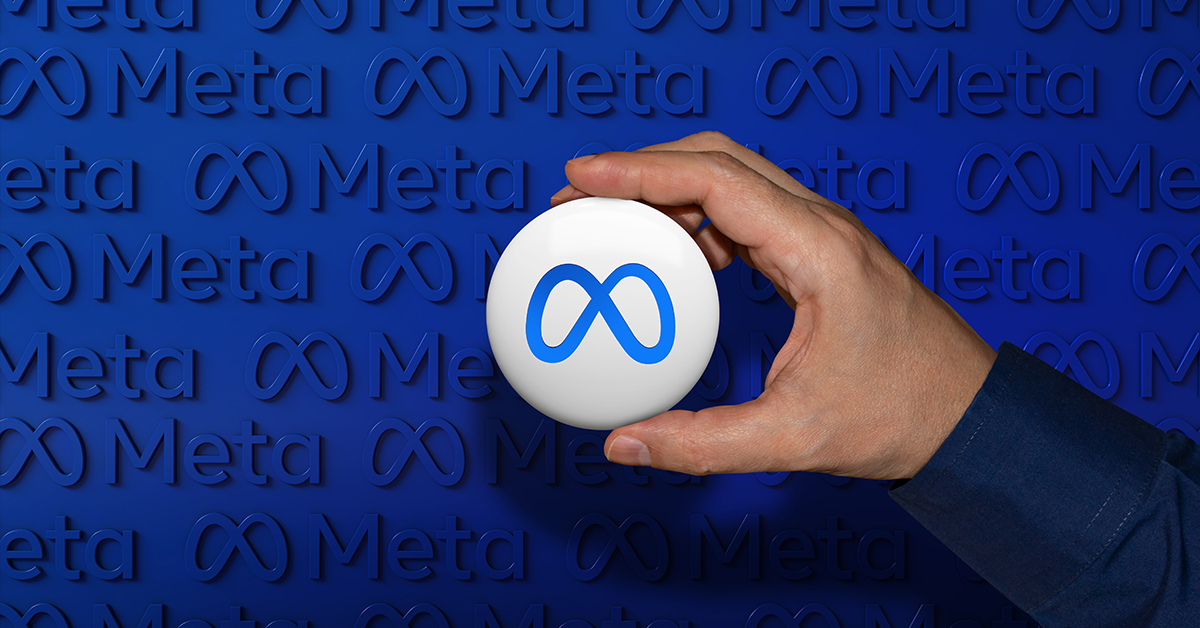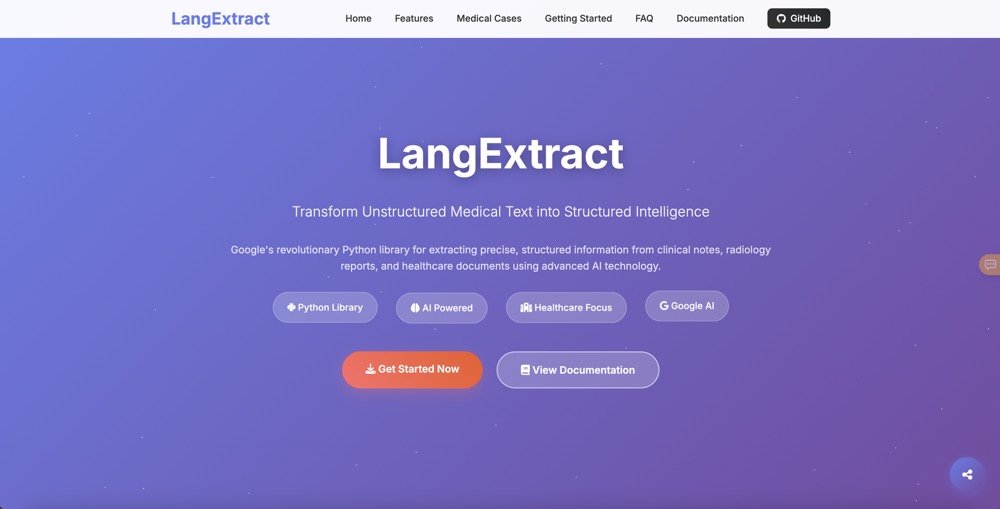Llama 405B - Meta's Open-Weight Heavyweight Challenges GPT-3 and PaLM

In the ever-evolving landscape of large language models (LLMs), Meta has thrown its hat into the ring with Llama 405B. This behemoth of a model, boasting a staggering 405 billion parameters, joins the ranks of other industry titans like Google's PaLM and OpenAI's GPT-3. However, unlike its counterparts, Meta has taken a different approach with Llama – open-weight accessibility.
The Rise of Open-Weight Models
Llama 405B isn't just about sheer size; it represents a growing trend in the AI community: open-weight models. While closed-source models like GPT-3 have dominated headlines, open-weight alternatives are gaining traction. This shift towards transparency and collaboration allows researchers and developers to delve into the model's inner workings, fine-tuning and adapting it for specific tasks and domains.
The benefits of this open approach are manifold. Open-weight models foster a more collaborative research environment, encouraging innovation and accelerating progress in the field. Furthermore, they provide greater transparency into the decision-making processes of these powerful AI systems, addressing concerns about bias and ethical implications.
Benchmarking Brilliance: Llama 405B's Performance
While open access is commendable, performance remains paramount. So, how does Llama 405B stack up against the heavyweights?
While comprehensive, independent benchmarks are still emerging, preliminary evaluations by Meta suggest that Llama 405B is a formidable contender. In a range of natural language processing (NLP) tasks, including:
- Text Generation: Llama excels at generating creative and coherent text formats, from poems and code to scripts and musical pieces.
- Question Answering: The model demonstrates impressive accuracy in understanding and responding to complex questions, drawing on its vast knowledge base.
- Translation: Llama displays fluency and accuracy in translating between multiple languages, rivaling specialized translation models.
- Summarization: Condensing large volumes of text into concise summaries is a key strength, proving valuable for information retrieval and analysis.
While direct comparisons with closed-source models are challenging due to variations in training data and evaluation methodologies, early indications suggest that Llama 405B performs competitively with GPT-3 and PaLM on many benchmarks.
The Implications for the Future of AI
Meta's decision to release Llama 405B as an open-weight model marks a significant moment in the evolution of AI. This move has the potential to democratize access to large language models, empowering researchers and developers globally.
The increased transparency and collaboration fostered by open-weight models can lead to a deeper understanding of how these systems function, paving the way for more robust, reliable, and ethically aligned AI systems. Furthermore, the ability to fine-tune and adapt Llama 405B for specific applications opens up a world of possibilities across various industries.
Looking Ahead: A New Era of Open AI?
The release of Llama 405B signifies a potential turning point in the AI landscape. By embracing open-weight accessibility, Meta challenges the status quo and paves the way for a more collaborative and transparent future in AI research and development. As the field continues to evolve, it remains to be seen how the open-weight approach will shape the next generation of large language models and their impact on our world.

















Comments ()